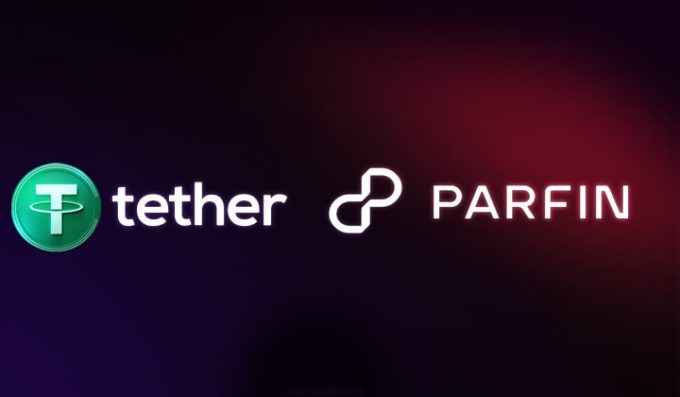Rise Of Cross Border Payment Network In Asia
By Kapil Rajyaguru
Japanese fintech developer Soramitsu has joined an effort to build a cross-border payment system for Asian countries involving Cambodia’s central bank digital currency, the core of a growing international network.
Soramitsu has backed the issuing of Laos’ Digital Lao Kip and Cambodia’s Bakong Asian CBDCs. For digital payments using QR codes between Cambodia and Malaysia, Thailand, and Vietnam, Bakong is already in use. It has 8.5 million users and processed payments totaling about USD 15 billion as of the end of 2022.
In addition to Japan, the business is seeking to make it possible for China, Laos, and India to make comparable cross-border payments.
First, Soramitsu will launch a Japanese exchange for stablecoins, or digital currencies backed by fiat money.
For instance, if a Thai customer wished to use a QR code to pay for a product on a Japanese e-commerce site, the payment would be submitted to the exchange as a Bakong in dollars, which would then be changed into a yen-denominated stablecoin.
One advantage of this architecture is its low transaction fees. Stablecoin transfers may be made without using the current interbank payment networks, saving on fees for middle banks.
Soramitsu is working with Japan’s Mitsubishi UFJ Trust and Banking and other partners to create the necessary exchange infrastructure.
In June, modifications to Japan’s payment legislation went into effect, enabling banks to issue stablecoins. Regional banks and the local company JPYC are planning to launch some yen-denominated stablecoins as early as 2024.
In a 2021 report on CBDC payment testing, the Bank for International Settlements stated that the cross-border payments that formerly took three to five days might now be done in a matter of seconds. According to Soramitsu, payments made through Bakong and the stablecoin exchange would be able to move at the same rate.
You need to login in order to Like













